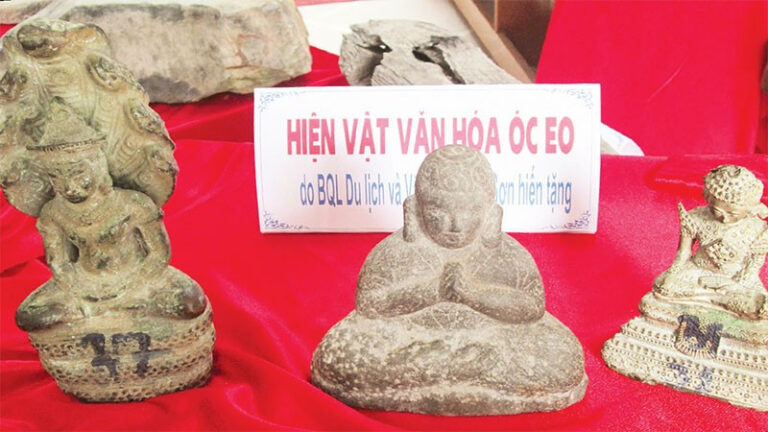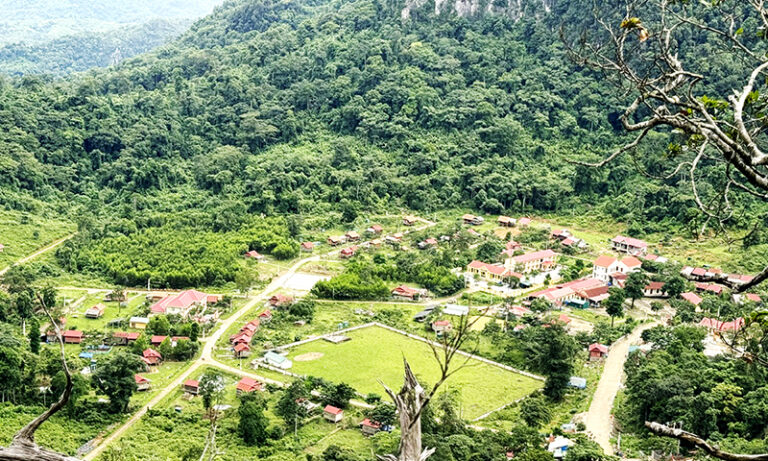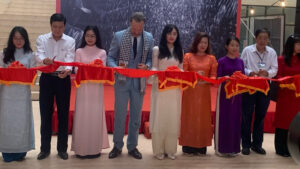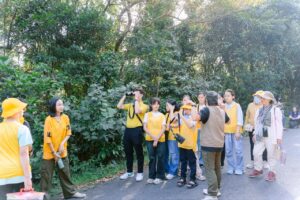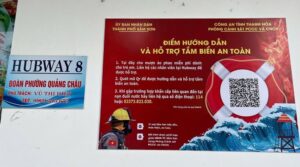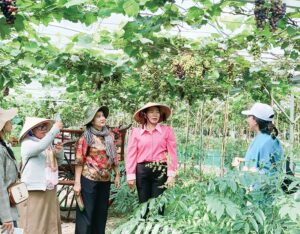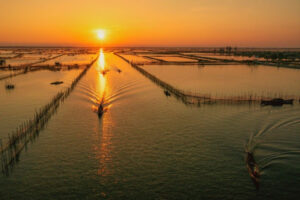In today’s deeply integrated world, cultural soft power is becoming increasingly important, influencing each nation's political and economic factors. Countries emphasise strengthening, harnessing and promoting cultural soft power to expand their global influence.
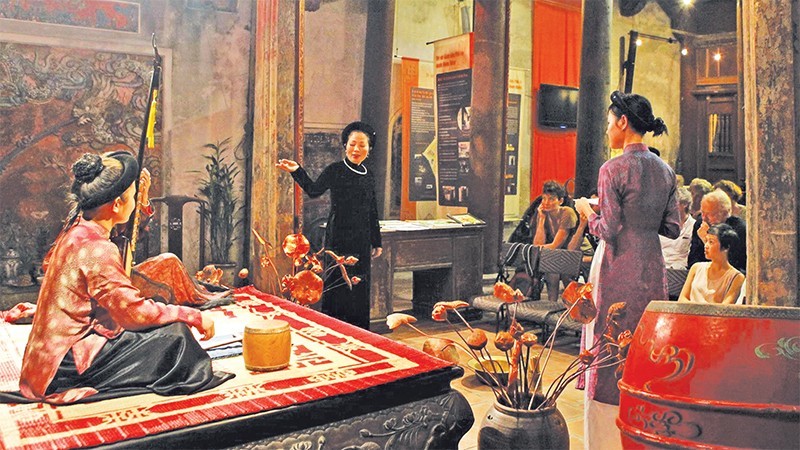
Ca tru - one of Vietnam's cultural heritages.
Vietnam is no exception, with numerous policies prioritising cultural development investment to spread Vietnamese values in a new era – the era of the nation’s rise.
Vietnam’s cultural soft power can be understood as the ability to promote tangible and intangible cultural values in the cause of building and protecting the motherland. It is also the capacity to spread national cultural values globally, aimed at enhancing Vietnam’s prestige and position in international relations.
In the context of Vietnam’s ongoing efforts to successfully achieve national industrialisation and modernisation, culture plays an especially crucial role in connecting internal strengths and creating an image of a friendly, culturally distinctive Vietnam in the eyes of the international community.
Looking back through Vietnam’s national history, the country’s cultural soft power is prominently displayed in the image of a nation with an indomitable patriotic spirit, where the people demonstrate forgiveness and a spirit of tolerance and sharing. This righteous approach was crystallised by cultural luminary Nguyen Trai in his Great Proclamation upon the Pacification of the Wu: “Using great righteousness to overcome brutality and using benevolence to replace violence.”
This consistent thread remains relevant to today’s zeitgeist, as peace increasingly takes precedence over conflict in international relations. In this new era that emphasises internationalism and integration, Vietnamese culture’s adaptability, flexibility and selective absorption are proving effective and useful in diplomatic exchanges, leaving positive impressions on friends across the globe.
Upon visiting Vietnam, American Professor Joseph Nye, the founder of the soft power theory, suggested that the most attractive aspects of Vietnam’s soft power are its spirit of self-reliance, national independence, economic development policies and a culture that strongly appeals to Western nations.
Besides spiritual values, Vietnamese culture is also manifested in a system of unique historical cultural relics and scenic spots, creating a diverse and distinctive cultural heritage.
Vietnam currently has 8 World Heritage sites, 15 intangible cultural heritage elements, 10 documentary heritage items, 11 World Biosphere Reserves, 3 Global Geoparks and 9 Ramsar sites recognised by UNESCO.
The country has about 40,000 documented relic sites and nearly 70,000 intangible cultural heritage elements, including 130 special national sites, 3,633 national sites, 571 intangible cultural heritage elements listed in the National Intangible Cultural Heritage Register, and 294 national treasures.
Vietnam has about 200 public and private museums, preserving and exhibiting over 4 million particularly rare documents and artefacts. It also has nearly 2,000 folk artists and distinguished artists who are “living human treasures”, holding the essence and secrets of practising various forms of cultural heritage. This represents an infinite, rich resource that forms the foundation for promoting cultural soft power, making Vietnamese culture attractive to international friends.
The Vietnamese Party and State recognised early on the importance of promoting cultural soft power in the integration period. The 13th National Party Congress determined that the country needs to build and promote cultural elements to create genuine breakthroughs in socio-economic development and international integration. The government’s cultural development strategy vision for 2030 also clearly states the objective of striving for cultural industries to contribute 7% of the GDP by 2030.
In recent years, the country’s cultural development has achieved many significant accomplishments. The government has implemented numerous innovative policies, such as opening the cultural market, encouraging all social sectors to participate in its creation and development, diversifying forms of cultural diplomacy, and gradually changing the mindset of administrators and citizens regarding cultural power.
Vietnam’s cultural development strategy is progressing steadily, meeting its set objectives. The past year, 2024, was noted as a year of cultural creation with numerous national and international events receiving enthusiastic community response.
In many localities, the cultural industry is no longer just a concept but has truly become a breakthrough solution in cultural and socio-economic development. Culture connects community spiritual life and creates livelihoods for citizens.
Speaking at a meeting with artists on December 30, 2024, in Hanoi, General Secretary To Lam once again emphasised the importance of cultural soft power: “Culture is a special product of people and nations. Preserving and promoting cultural power is an area that every nation must prioritise, as this task is linked to social development, enriching people’s spiritual lives, and the effective operation of the State…”
In the new era, cultural development must proceed alongside economic development while maintaining the objective of protecting national security through cultural diplomacy. Through cultural diplomacy, Vietnam can enhance the appeal of its culture, increase its influence, and create friendly, close, and shared international relationships.
Vietnam’s prestige and position will consequently be elevated on the international stage. The 6 million Vietnamese currently living in more than 130 countries and territories can become cultural bridges, disseminating Vietnamese cultural values across the globe. This is truly a way of using cultural soft power to maintain peace and prevent risks of political instability.
Many countries in the region and worldwide, such as the US, France and Japan, have already succeeded in developing cultural soft power. In Asia, the Republic of Korea has devoted considerable resources to cultural development, transforming culture into an industry aligned with political and diplomatic objectives.
The two strongest industries in Korean culture are cinema and music. Through artistic works, Korea has elevated its position and demonstrated the appeal of Korean culture. Vietnam can learn significant lessons in using cultural soft power from these pioneering nations.
With the advantage of a rich, distinctive culture that has left positive impressions on international friends from past to present, promoting cultural soft power is a sound strategy of the Vietnamese Party and State. Vietnamese cultural values have been and continue to be a great resource and driving force for national development.


